DIY Handheld AI Chatbot runs on a Raspberry Pi 2 Zero, and costs around $120 to make – Yanko Design
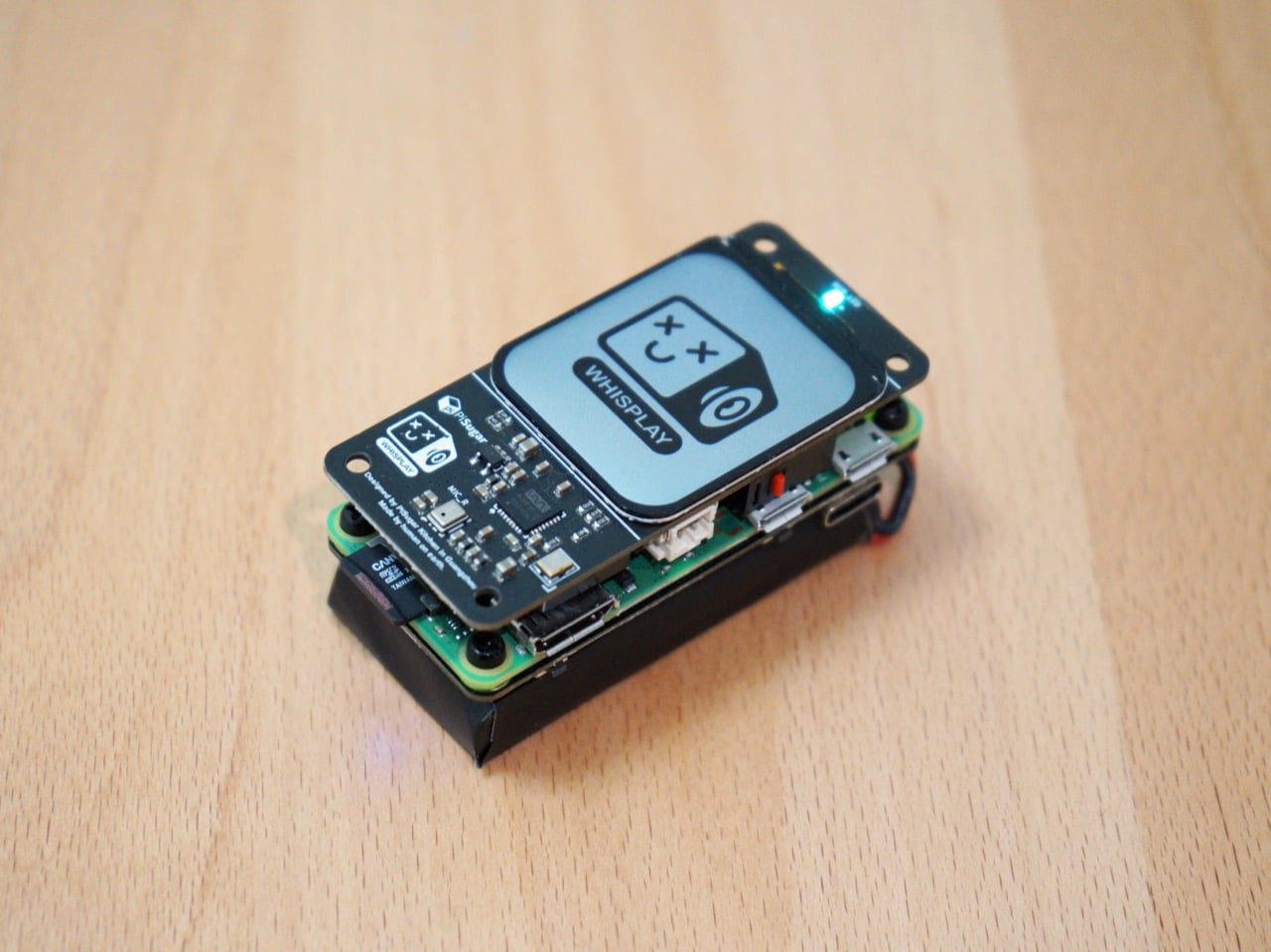
It’s 2025 and the most seamless way to interact with an AI is still your smartphone – and that’s shameful. The AI chatbot hasn’t managed to break through the walls of your phone into something a little more independent. It’s still hopelessly tethered to your mobile, which also calls, messages, accesses YouTube, TikTok, and Gmail… and that fundamentally just feels like the AI doesn’t get the attention it deserves. We’ve seen companies like Humane and Rabbit try desperately to give AI its own dedicated device – and fail rather spectacularly; they promised revolutionary AI interaction but often delivered tethered experiences, questionable functionality, and (sometimes) recurring subscription fees that felt more like a digital leash than true liberation. These devices often left us wanting more, or simply wanting our money back, proving that a slick marketing campaign does not always equate to a functional, user-centric product.
This is precisely why the Whisplay AI Chatbot, a unique DIY build centered around the humble Raspberry Pi Zero 2W, feels like a breath of fresh air. It is a tangible rebuttal to the closed-off, subscription-heavy world of commercial AI gadgets. This project offers something profoundly different: the satisfaction of building a capable, pocket-sized AI assistant with your own hands. It offers a path to genuine ownership, allowing you to understand its inner workings and even customize its behavior, moving beyond the black box approach of proprietary tech.
Designer: Jdaie
The core of this fascinating build starts with the Raspberry Pi Zero 2W, a truly tiny yet surprisingly capable computer, acting as the brain of the operation. This little powerhouse, often available for around $15, provides the processing muscle needed for a responsive AI experience. It is a testament to the power of compact computing, fitting a quad-core processor and wireless connectivity into a form factor smaller than a credit card. The Pi Zero 2W proves that you do not need a desktop-sized machine to handle impressive AI tasks.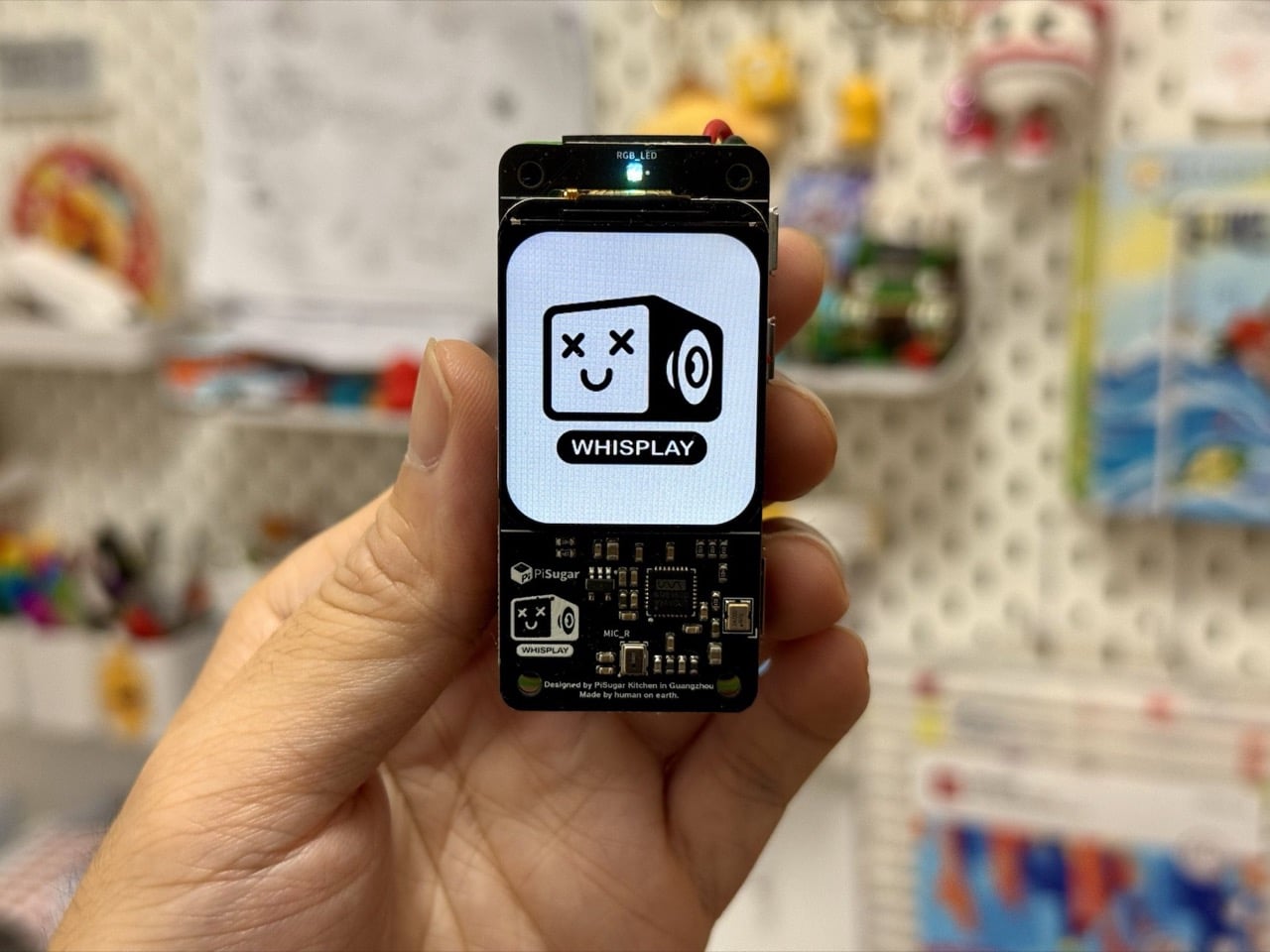
Layered directly onto the Pi Zero 2W is the Whisplay HAT, the real star of the show, which is still in active development. This custom Hardware Attached on Top board integrates all the essential human-machine interface elements. It features a crisp 1.69-inch LCD screen for visual feedback, a WM8960 audio chip with an onboard speaker and microphone for seamless voice interaction, and even RGB LEDs for status indicators and a GPIO button to activate the chatbot. This HAT neatly consolidates what would otherwise be a tangle of wires and separate components into a single, elegant solution, making the assembly process far more streamlined for the average maker.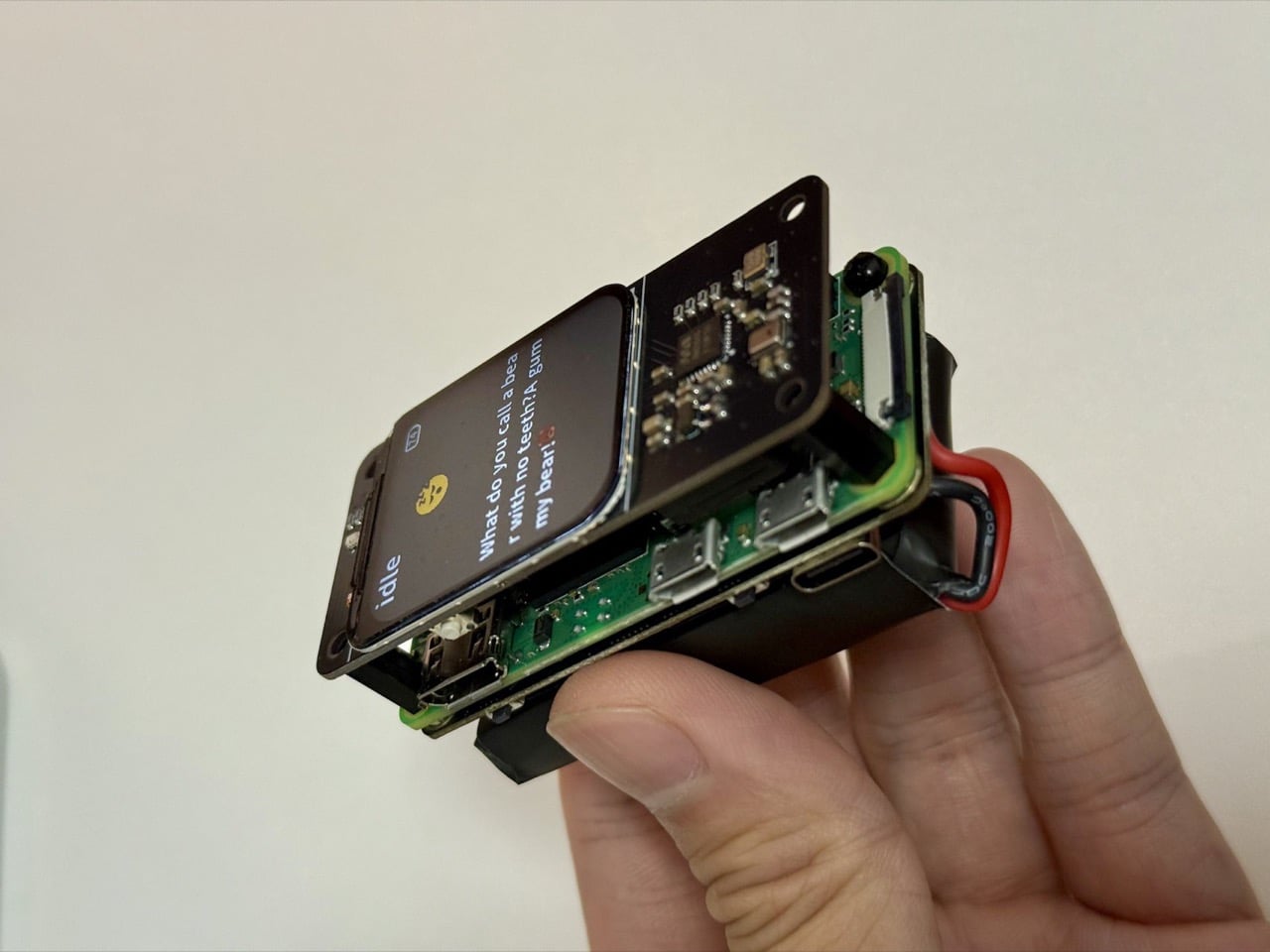
Powering this portable conversationalist is the PiSugar 3 module, a clever addition that provides a 1200mAh battery and uninterruptible power supply functionality. This ensures the Whisplay AI Chatbot remains operational even when unplugged, truly embodying the pocket-sized ideal. The entire assembly then nestles snugly within a custom 3D resin-printed enclosure, giving it a polished, professional look that belies its DIY origins. The enclosure design is crucial for protecting the delicate electronics and making the device genuinely portable, allowing it to slip into a pocket or bag without a second thought.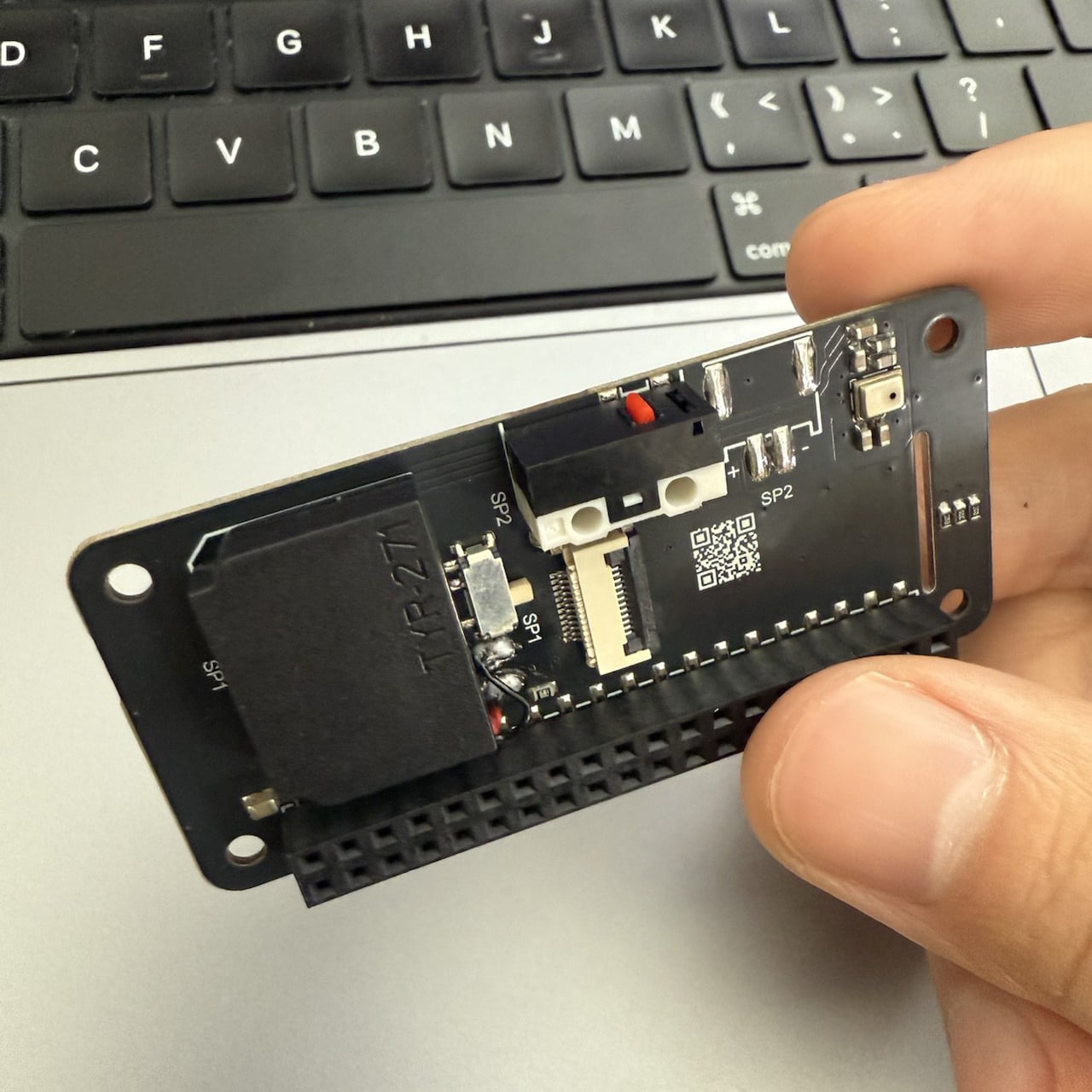
When it comes to the AI itself, the Whisplay chatbot leverages some seriously smart open-source tech. For converting your spoken words into text, it taps into OpenAI’s Whisper model, an automatic speech recognition system renowned for its accuracy and ability to handle various accents and background noise. This robust speech-to-text capability is fundamental to any voice-activated assistant, ensuring your commands are understood clearly. The project’s open-source nature means you can explore the code, understand how it works, and even tweak it to your specific needs, fostering a deeper connection with your device.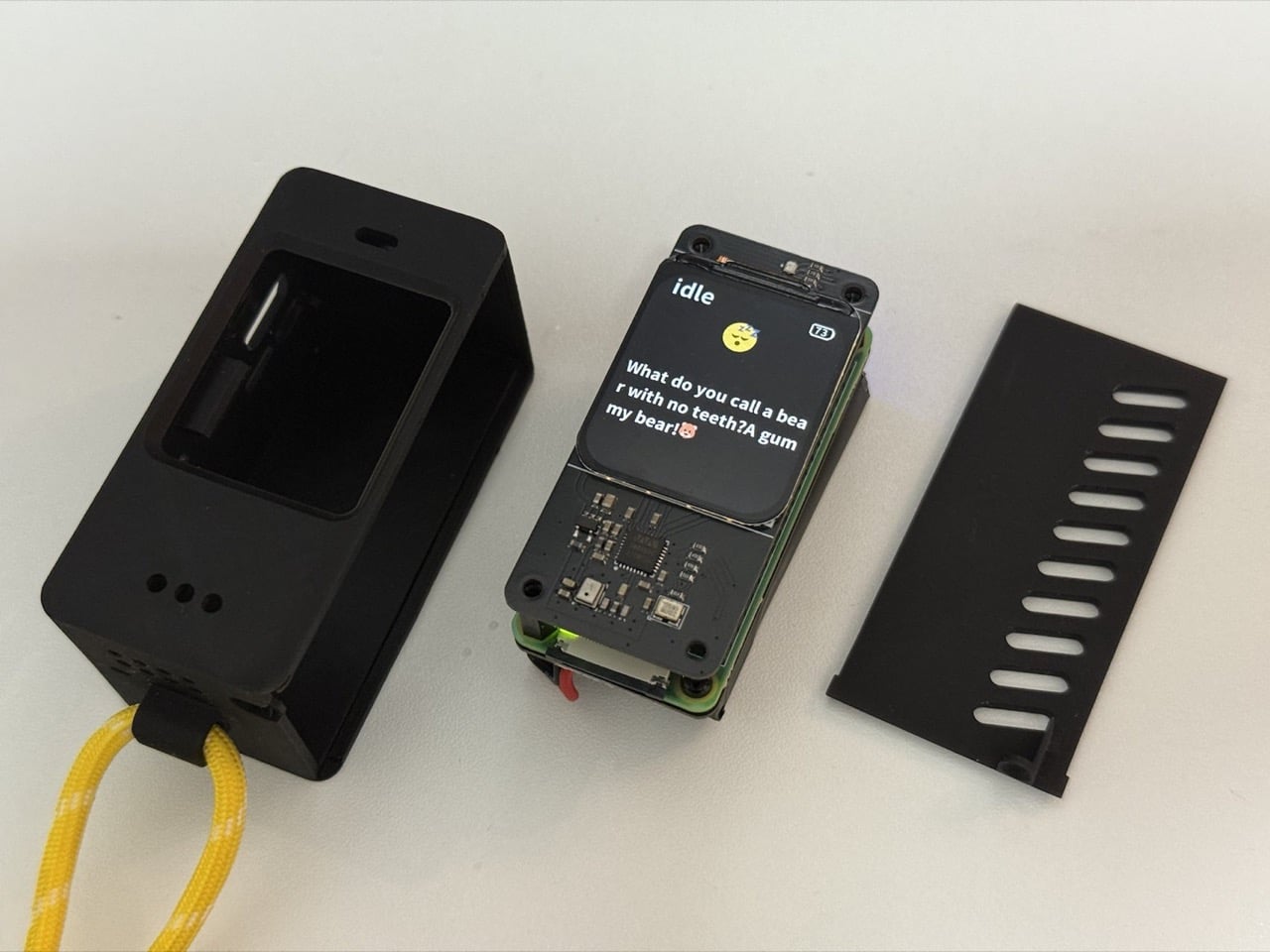
For the actual conversational responses, the project typically utilizes cloud-based large language models accessed via APIs. However, the beauty of this open-source, DIY approach is the inherent flexibility it offers. Unlike commercial products that lock you into their ecosystem, the Whisplay allows for potential future integration with smaller, locally runnable LLMs, or even custom configurations that prioritize data privacy. This means you can potentially keep your conversations off third-party servers, a significant advantage for those concerned about data ownership and privacy. It is a stark contrast to devices that force you into a walled garden, offering true control over your digital interactions.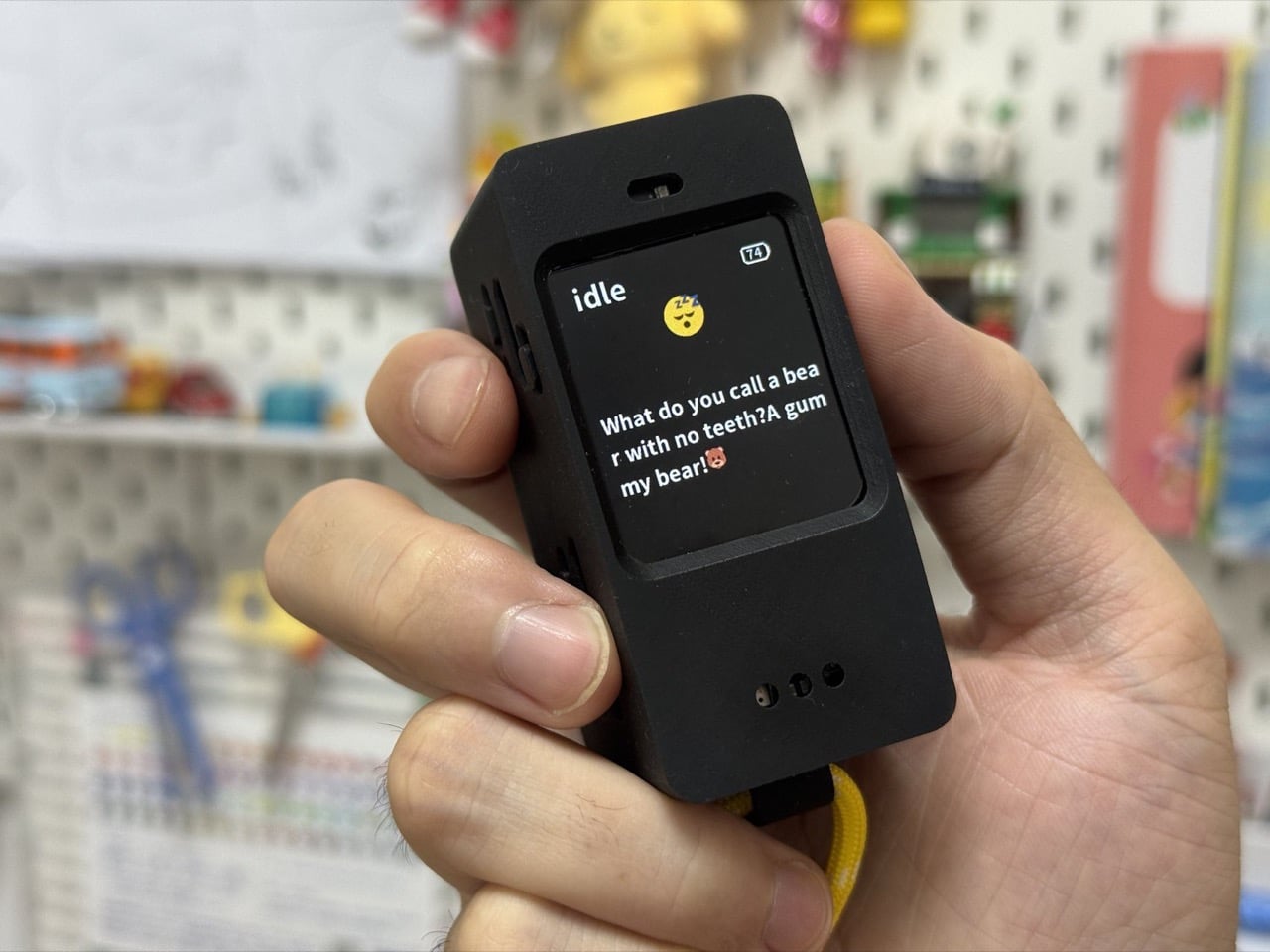
The total cost to build one of these intelligent companions is remarkably accessible, especially when compared to the price tags of commercial AI devices that often fall short. With the Raspberry Pi Zero 2W at around $15, the PiSugar 3 battery module at approximately $40, and an estimated $30-50 for the Whisplay HAT once it is commercially available, plus another $10-20 for a 3D-printed enclosure and a few dollars for miscellaneous parts, you are looking at a grand total of roughly $100-130. This makes it an incredibly cost-effective way to dive into personal AI, proving that cutting-edge technology does not have to break the bank or come with hidden subscription fees.
Can your wallet charge your phone or even your smartwatch? Sure, if someone came up to you on the street and asked you that, you’d…
Good design often exists at the intersection of scarcity and accessibility. The watch industry typically forces consumers to choose between mass-produced affordability or exclusive luxury…
We have come to rely on many electronic devices these days, from the laptops we use for work to the smartphones that connect us with…
My iPad has become an indispensable part of my daily life, and I suspect many fellow tablet owners feel the same way. Tablets strike the…
Smartphone cameras have gotten quite powerful, that they might have hit a wall when it comes to hardware. Although they have reached mind-blowing 100 megapixels,…
A company devoted to making sure you never lose anything ever, Orbit’s trackers integrate with wallets, keys, and other miscellaneous devices… and now spectacles too….
We’re an online magazine dedicated to covering the best in international product design. We have a passion for the new, innovative, unique and undiscovered. With our eyes firmly focused on the future.
Editorial Standards and Ethics / Privacy Policy